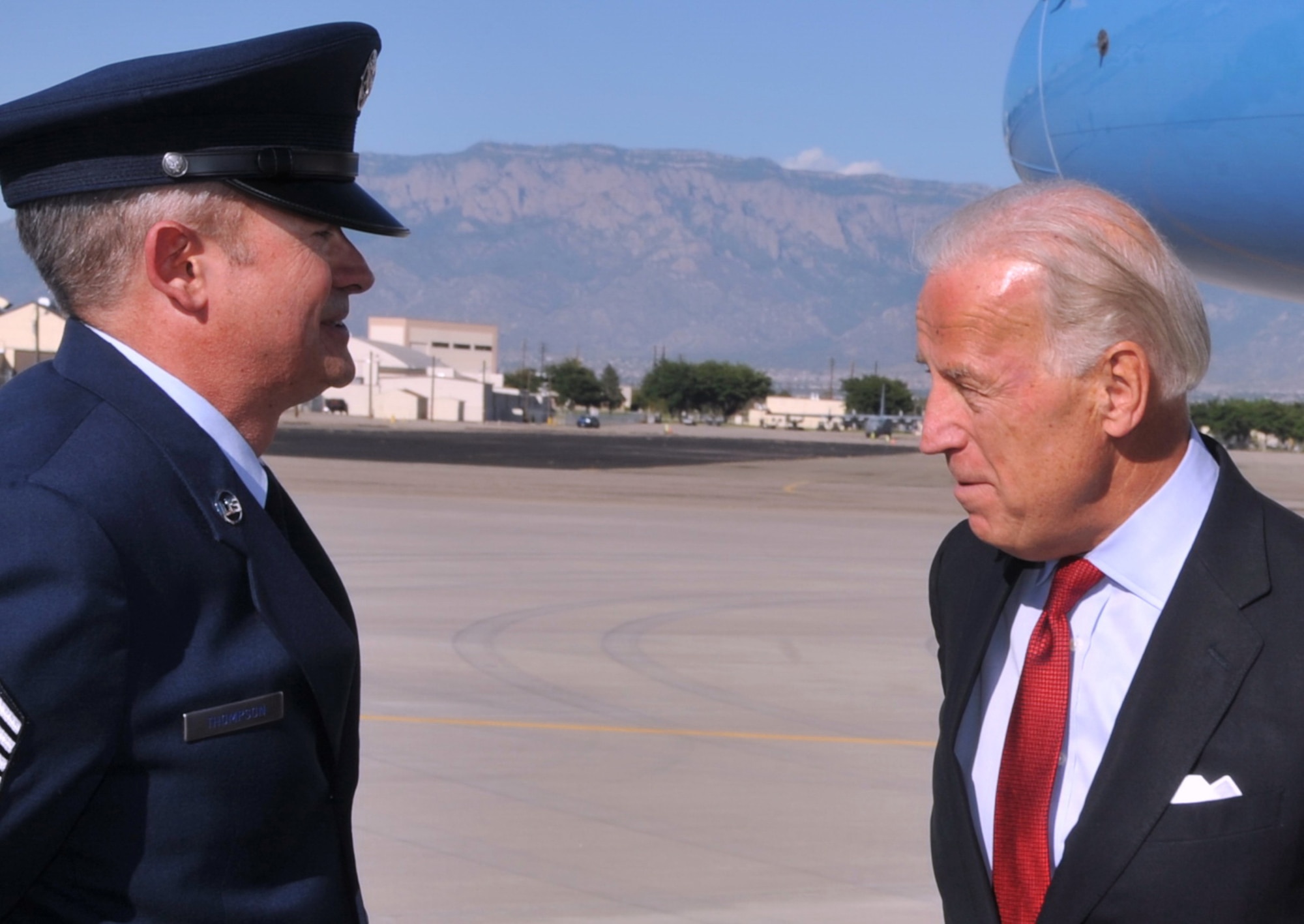For starters, if you haven’t already voted, please do. Election Day is Tuesday November 6, 2023. You can find out where to vote here.
Starting with some important National issues to watch:
Kentucky’s Democratic Governor Andy Beshear has been leading GOP Attorney General Daniel Cameron, but Beshear’s opposition to school choice and COVID lockdowns during his term have become late issues.
In Mississippi, GOP Governor Tate Reeves is hoping his recent income tax cuts overcome negative stories about scandals with state grants.
In Virginia, Republican Governor Glenn Youngkin has an approval rating of 56 percent and hopes voters will give him a mandate for conservative governance by giving the GOP a legislative majority.
The Pennsylvania Supreme Court has become one of the most partisan in the country, approving a Democratic gerrymander for Congress, ruling a voter ID law unconstitutional, and changing the state’s election law during COVID in a way that encouraged fraud. An election for the court is on Tuesday’s ballot. Unions have poured in millions for the Democratic candidate.
Ohio Issue 1 could be a harbinger of things to come on the abortion issue. If voters in a trending “red” state vote in support of abortion rights it could have profound impacts on post-Dobbs abortion politics.
If adopted Issue 1 would establish a state constitutional right to “make and carry out one’s own reproductive decisions,” including decisions about abortion, contraception, fertility treatment, miscarriage care, and continuing pregnancy.[1]
Colorado HH: would undermine Colorado’s best-in-the nation taxpayer protections by allowing the state to retain and spend revenues that it would otherwise be required to refund to residents.
Closer to home in New Mexico
Santa Fe is voting on proposals to target taxes on the wealthy to fund housing construction for low income residents. Santa Fe’s proposed excise tax measure would result in a new 3% tax levied on home sales of more than $1 million.
Albuquerque: City Council races
There are 4 total races, 3 of them have significant ideological implications for city governance. City council could be a more robust ideological opponent of Mayor Keller’s “progressive” agenda or it could become more of a “rubber stamp.”
Albuquerque Public Schools board: APS school board which has been a moderate board could become more union dominated or could be more conservative than it has been.
7 candidates running for Mayor of Las Cruces. The City is electing a new mayor for the first time since 2007. The race along with city council races will involve ranked choice voting.
Las Cruces school board is up for election as well.
























